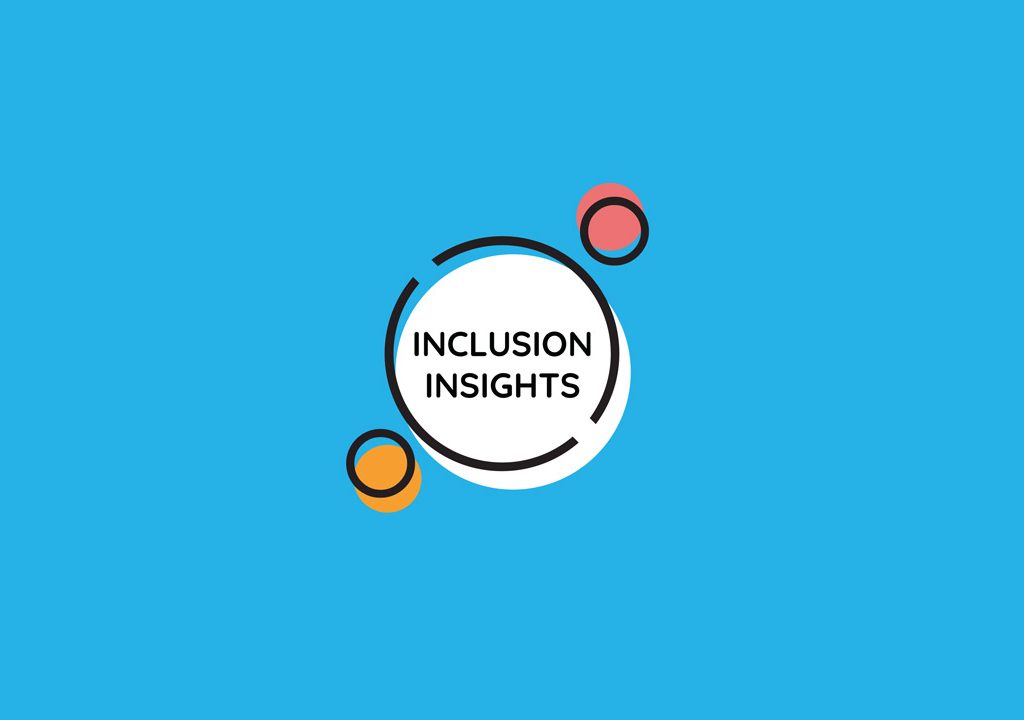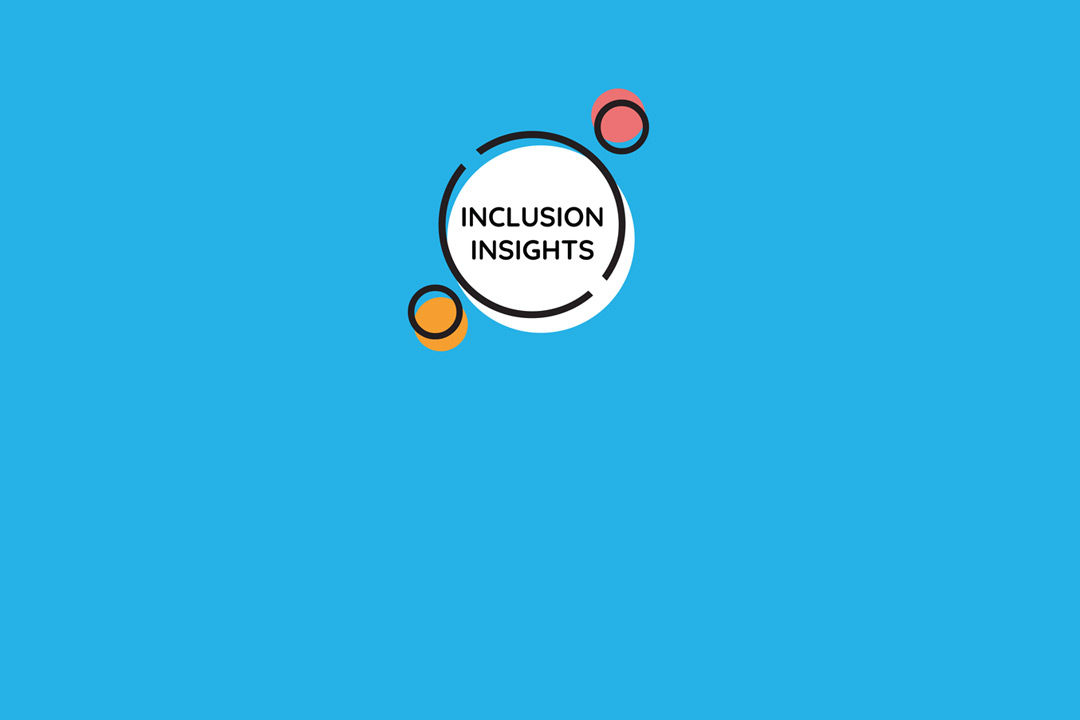
Turn on inclusion, turn off exclusion
Tihomir Žiljak, PhD
Croatian Andragogy Society
Agency for Mobility and EU Programmes Inclusion and Diversity Ambassador
Up until only a few years ago, social inclusion seemed an unquestionably desirable goal and a self-evident part of our lives – today, however, we are surrounded by many doubts and conflicting opinions. Policies are changing in relation to the concept of DEI. Diversity, equality and inclusion (DEI) is a set of principles and practices designed to create an environment in which individuals are represented regardless of their characteristics, origin, age, or religious or national affiliation. Diversity is regarded as a richness. But is it still so? Over time, the understanding changes of the following – who this applies to, who should be included, and which groups should be excluded from the community; which groups are not desirable as neighbours, work, or education colleagues.
Even in a time of almost unanimous acceptance of these principles, priorities were not identical in all international organisations or in all national policies. The main goal of the UN, as articulated by the UN Department of Economic and Social Affairs, is to foster the effective impact of policies to achieve social inclusion, eradicate poverty, and reduce inequality, with the aim of leaving no one behind. Social inclusion is defined as the process of improving the conditions of participation in society, especially for disadvantaged people, through increasing opportunities, access to resources, the ability to have one’s voice heard, and respect for the rights of all. The World Bank’s Environmental and Social Framework (ESF) emphasises that social inclusion is key to achieving sustainable development, and to building more resilient systems that can withstand future crises such as health, climate, or social unrest. UNESCO’s goals include recognising and giving legitimacy to the cultures and heritage of marginalised groups by including them on the World Heritage and Intangible Cultural Heritage lists.
In the EU, social inclusion is most often defined as a process that provides citizens with the opportunities and resources necessary to participate fully in economic, social, and cultural life, and to enjoy a standard of living and wellbeing that is considered normal in the society in which they live. It is a concept that has now entered the mainstream of EU political agendas, although not necessarily as a top priority. These imposed priorities of international organisations represent a puzzle of a normative and desirable image of social inclusion.
On the one hand, therefore, we have documents from international organisations that advocate respect for diversity and the implementation of social inclusion. On the other hand, we have insecurity, fear, uncertainties of life in situations of constant crises – from the financial crisis of 2008 to armed conflicts and trade wars this year. Has the desire for security superseded the noble principles of caring for the planet and the rights of those not under our umbrella? This suggests that it is necessary to carefully monitor the environments in which these principles will be implemented. In the end, discriminated individuals and groups face a lack of implementation rather than merely optimistic principles alone.
At the global level, social inclusion policies point to expansion but also to obstacles. The implementation of social inclusion is faced with political pressures. In the 2020s, global trends in inclusive politics have been shaped by a combination of recovery strategies after the COVID pandemic and the ongoing financial, security, and migration crisis. These pressures have prompted governments and international organisations to rethink existing frameworks for inclusion. The differences are also significant within EU member states. The political commitment of the national political elites is different, and the administrative capacity and legal enforceability also vary among member states.
In such an environment, it is good to remember what we are talking about when we mention inclusion and how to recognise what is crucial in these different voices. First of all – to whom do we want to open the door and whom to include? We want to open the door to everyone who wants to live in our communities, who wants to share the benefits of living together, and actively contribute to it. But what about those who do not want that, who want to be voluntary outcasts, or who do not care about our community? This naturally raises the question of the interconnectedness of barriers to inclusion. Some barriers are created by the environment, and some are obstacles within the individuals themselves. It is often precisely external barriers that cause individuals to withdraw and not see the perspectives and purposes of active participation.
External barriers can be identified as physical barriers, geographical isolation, etc. Cultural barriers refer to different habits and values that are not accepted by the dominant culture or values in the community. We should not forget that it is a widely accepted assessment that the concept of multiculturalism is increasingly being abandoned in Europe. Moreover, there are also communication barriers related to language barriers, lack of sign language interpretation, or inaccessible digital platforms. But obstacles can also lie in the way the mother tongue is used: for example, in a closed professional vocabulary, the specific language of a group, or overly complex bureaucratic language. This is connected to the issue of identity and acceptance of diversity. Systemic and institutional barriers refer to discriminatory legislation, inadequate policies, lack of resources, and unfair distribution of opportunities that create systemic exclusion. All this is strengthened by political obstacles, which are not negligible. Changes in politics have consequences on the policy level, just as some policy changes (for example, immigration policy) have consequences on the political level. It is not negligible that in the Union of Skills from 2025, citizenship skills have been reintroduced as basic skills, along with mathematical, digital, and reading skills. Without these skills and work on a political culture that also contains elements of inclusion, there will be neither our community nor European values. Of course, we must be careful and strive to ensure that citizenship status does not turn into an exclusive, closed membership that is complacently enjoyed only by those who are already included and accepted.
While institutional barriers can be resolved through structural interventions, difficulties related to a lack of desire to be included are much more difficult to resolve. Dispositional barriers are factors within individuals that hinder their participation and acceptance in inclusive environments, such as fear of learning, low self-confidence, negative attitudes, prejudices, stigma, and stereotypes. These individual characteristics, often rooted in unconscious bias, contribute to a lack of engagement and may reinforce exclusion by shaping self-perceptions and behaviours that prevent individuals from moving beyond marginalisation. They are related to social and institutional obstacles, and negative experiences that have left a mark on the people themselves. An individual may also be excluded on the basis of their gender, ethnic status, disability, and membership in sexual or gender minorities.
Stereotypes, core beliefs, discriminatory ideas, ageism, antigypsism, homophobia, Islamophobia, antisemitism, etc. cannot simply be eradicated by a political decree or a new declaration (although it would not be bad if there were more of them), but they can begin to change through gradual, slow changes by getting to know one another and strengthening mutual understanding. Inclusiveness does not mean shaping everything to fit ourselves, but being able to include even those with whom we disagree. There is a good reason why the EU’s motto is United in diversity. I believe that it is precisely in these social areas that the greatest strength of Erasmus+ projects lies. They alone cannot change exclusive, influential elites or opponents of certain religious or national groups, but they can influence the knowledge, attitudes, and values of European citizens and help integrate them in synergy with other EU programmes. The result is not guaranteed – these values need to be nurtured and worked on. To go a step beyond principles, it is useful to examine the figures and identify where progress has stalled. The following are a few examples that can be found on the Eurostat website.
In 2023, 45.5% of non-EU citizens, residing in the EU faced a risk of poverty or social exclusion, compared to 27.9% of EU citizens living in another EU country and 18.9% of citizens living in their own country. In 2024, 28.8% of persons with disabilities in the EU were at risk of poverty or social exclusion, compared to 17.9% among persons without disabilities. Only 51.3% of persons with disabilities in the European Union were employed, compared to 75.6% of persons without disabilities. Age discrimination is widespread in the EU, with 45% of Europeans believing that age discrimination is common. Every third person in Europe has personally experienced or witnessed age discrimination. Ten to twelve million Roma in Europe are denied basic human rights and are victims of widespread discrimination, racist attacks, and hate speech. While national contexts of exclusion are important, they should not obscure the fact that doors are still closed to some groups, and some no longer even want to knock on them.
These obstacles form an essential component in defining the target groups that require particular attention. The Erasmus+ Programme Guide mentions most of the listed barriers that can hinder the participation of people with fewer opportunities. These include disability, health problems, barriers related to educational systems, cultural differences, social barriers, economic barriers, barriers related to discrimination, and geographical barriers. One of the biggest challenges is how to incorporate the national context into these general goals, and how to incorporate national social and policy challenges (which are increasing) into work with these target groups?
How can we maintain the European dimension and be realistic in assessing the scope and implementation possibilities of what we have gained through the Erasmus+ programme? It is very difficult to measure the long-term impact of activities carried out under the Erasmus+ programme. One such project is currently being implemented within the European RIA-AE network. In addition to national differences, rapid changes are also a challenge. What was considered a priority issue and group one year may be, a few years later, replaced by new groups and new challenges. It is certainly necessary to be sensitive to the fundamental principles of inclusiveness and to recognise situations in which new groups may find themselves at risk of exclusion. We must be aware of our limitations and put our activities into realistic structural, financial, political, and social circumstances. It is no longer just a question of a harmonious, formally written projects in which all the expected elements are respected, but also a question of a broader understanding of the goal — a planned implementation of activities that does not only take into account the EU and national policy goals, but also contains a deep knowledge of the target groups and a well-founded description of their problems within different national contexts. For this reason, it is very important to include the groups we deal with in all inclusive activities and to remember the motto that came from the European political tradition, embedded as a central motto in the UN Convention on the Rights of Persons with Disabilities: Nothing about us without us.
The suggested references are available in the PDF version of the article.
